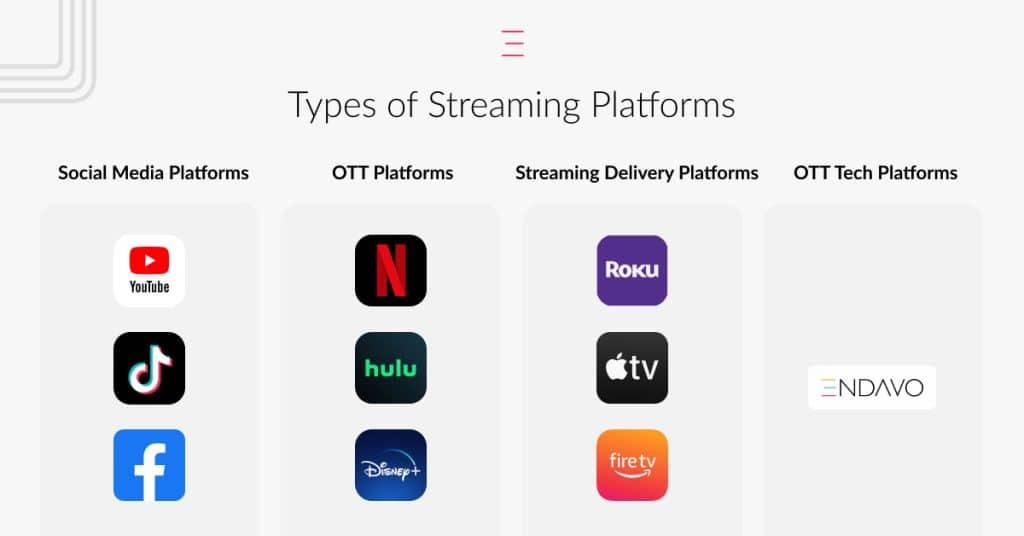In recent years, the global film industry has witnessed a notable shift as non-English films increasingly gain recognition at major international awards. This trend challenges the long-standing dominance of English-language cinema, prompting both industry insiders and audiences to reconsider traditional perceptions of cinematic excellence. The success of films such as “Parasite,” which garnered multiple accolades including the prestigious Best Picture Oscar, underscores a growing appetite for diverse narratives that transcend linguistic barriers. As this phenomenon continues to unfold, it raises pertinent questions about the future landscape of major film awards. Will the momentum of non-English films persist, or will it wane in the face of entrenched industry norms? This article delves into the factors driving this trend, examines its implications for the global film community, and explores whether non-English films are poised to maintain their breakthrough status in the competitive arena of major awards.
Cultural Shifts and Their Impact on Global Cinema Recognition
The landscape of global cinema is witnessing profound transformations, largely driven by evolving cultural dynamics and technological advancements. Cultural shifts have played a pivotal role in redefining what constitutes global cinema recognition. As diverse narratives gain traction, the traditional dominance of English-language films at major awards is being challenged. This change is propelled by a growing appreciation for authenticity and storytelling that resonates across cultural boundaries. Audiences and critics alike are increasingly valuing films that offer unique perspectives, leading to a broader acceptance and celebration of non-English films.
- Increased Accessibility: The rise of streaming platforms has democratized access to international films, allowing audiences to explore a wider range of cultural stories.
- Diverse Storytelling: Filmmakers from non-English speaking regions are bringing fresh narratives that appeal to global sensibilities, thus enhancing their visibility.
- Shift in Audience Preferences: There is a growing appetite for authentic and relatable content, encouraging award bodies to recognize films that transcend language barriers.
These shifts indicate a promising trend for non-English films, suggesting that their breakthrough at major awards may not only continue but also become a norm. As global cinema evolves, the interplay between cultural shifts and technological advances will likely redefine the parameters of cinematic excellence.

Analyzing Trends in Non-English Film Success at Major Awards
The recent surge in recognition of non-English films at major awards has been a noteworthy development in the global film industry. This trend can be attributed to several factors:
- Globalization of Media: With the rise of streaming platforms, audiences worldwide have gained easier access to diverse films, transcending language barriers.
- Increased Awareness: Festivals and critics are playing a crucial role in spotlighting exceptional non-English films, encouraging wider viewership.
- Cross-Cultural Narratives: These films often bring fresh perspectives and storytelling techniques that resonate with universal themes, appealing to a broader audience.
Analyzing the data from recent award seasons, there is a noticeable increase in the number of non-English films being nominated and winning prestigious awards. This suggests a growing appreciation and demand for varied cultural narratives. However, while the momentum is promising, the sustainability of this trend depends on continued support from global distribution channels and recognition bodies that celebrate diversity in cinema. The future of non-English films breaking through at major awards seems bright, but it remains contingent on ongoing efforts to foster inclusivity and representation in the film industry.

Strategies for Increasing Visibility of Non-English Films in Award Circuits
Enhancing the visibility of non-English films in prestigious award circuits requires a multifaceted approach. One effective strategy is fostering cross-cultural collaborations. By engaging with producers, directors, and actors from diverse linguistic backgrounds, filmmakers can create projects that appeal to both international audiences and award juries. These collaborations not only enrich the narrative and artistic quality of the films but also expand their reach and accessibility.
Another key strategy involves leveraging digital platforms and social media campaigns. Streaming services have already demonstrated their power in amplifying the reach of international cinema. Filmmakers and distributors should capitalize on these platforms to promote non-English films, utilizing targeted advertising and influencer partnerships to create buzz. Additionally, organizing virtual screenings and Q&A sessions can help build a global community of supporters and critics, enhancing the film’s profile in the lead-up to award seasons.

The Role of Streaming Platforms in Promoting Non-English Cinema
In recent years, streaming platforms have played a pivotal role in elevating non-English films to global prominence. These digital avenues have democratized access to international cinema, allowing audiences to explore diverse narratives beyond the traditional Hollywood scope. The ability to stream films at home has removed geographical barriers, providing a virtual stage for non-English films to shine. This exposure not only cultivates a broader appreciation for varied storytelling but also influences major awards by challenging the status quo of English-language dominance.
- Accessibility: Streaming services offer subtitles and dubbing options, making foreign films more accessible to global audiences.
- Curated Content: Platforms often feature curated lists that highlight international cinema, bringing attention to hidden gems.
- Data-Driven Decisions: Algorithms suggest non-English films based on viewer preferences, increasing their visibility.
Moreover, the financial backing and global reach of these platforms have encouraged filmmakers to take creative risks, knowing their work can reach a worldwide audience. This shift has been instrumental in diversifying the films considered by award bodies, as seen with the success of movies like “Parasite” and “Roma”. As streaming platforms continue to evolve, they are likely to further influence the awards landscape, ensuring that non-English films not only break through but become a staple in major cinematic celebrations.
